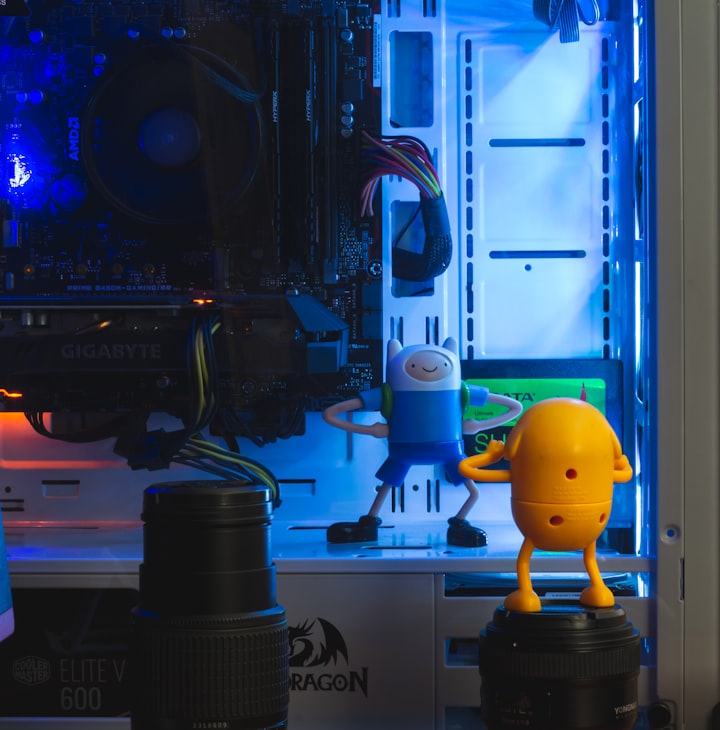Toxic. A single word that evokes a spectrum of negativity, a suffocating feeling that drains the life out of interactions. It's a term often used casually, but the reality of a toxic relationship can be far more insidious and destructive. This exploration delves into the depths of toxic behavior, its various manifestations, and the path towards healing.
The Poisoned Chalice: Characteristics of Toxic Relationships
Imagine a relationship not as a source of strength but as a poisoned chalice. Toxic relationships are characterized by a pervasive negativity that erodes your well-being. Here are some key features to watch out for:
Emotional Abuse: This is the cornerstone of a toxic relationship. It can be verbal, with constant put-downs, insults, and threats, or nonverbal, through intimidation, manipulation, or the silent treatment.
Control and Manipulation: A toxic partner seeks to control every aspect of your life, dictating who you see, what you wear, and even your thoughts and feelings. Manipulation is used to achieve this, with tactics like guilt trips, gaslighting, or threats.
Disrespect and Neglect: Your opinions and feelings are disregarded. Boundaries are trampled upon. Promises are broken, and commitments become dust.
Jealousy and Possessiveness: Healthy relationships thrive on trust, but in a toxic dynamic, jealousy becomes a monster. You're constantly questioned, your movements monitored, and your friendships undermined.
Unreliability and Broken Trust: Promises become empty words. Support is a mirage. You can't depend on the person, and trust crumbles with each broken commitment.
One-Sided Dynamics: Healthy relationships are a two-way street. In a toxic dynamic, the focus is all on one person's needs. Your happiness, well-being, and desires fade into the background.
The Players in the Toxic Drama:
Toxic relationships aren't limited to romantic entanglements. They can fester in friendships, family dynamics, and even work environments. Here are some common archetypes:
The Narcissist: All about themselves, they lack empathy and crave constant admiration. Every conversation turns back to them, and your needs are dismissed with a flick of the wrist.
The Drama Queen/King: They thrive on chaos and thrive on stirring the pot. Every disagreement becomes a warzone, and peace is a fleeting visitor.
The Energy Vampire: Constantly negative and complaining, they drain the emotional energy of those around them. Positive experiences are met with negativity, and optimism is sucked dry.
The Two-Faced Friend: Smiling to your face while whispering venom behind your back. They thrive on gossip and manipulate social circles for their own gain.
The Passive-Aggressive Mastermind: Never a direct confrontation, but their veiled insults, sarcasm, and sulking are designed to control and manipulate.
The Toll of Toxicity: The Cost of Staying
Ignoring the warning signs has significant consequences. Staying in a toxic relationship can lead to:
Chronic Stress and Anxiety: The constant negativity creates a breeding ground for stress and anxiety. You live in a state of perpetual fight-or-flight.
Depression and Loss of Self-Esteem: The relentless criticism and negativity chip away at your self-worth. Hope dwindles, and depression can become a heavy cloak.
Isolation and Withdrawn Social Circle: Toxic partners often isolate you from supportive friends and family.
Difficulty in Trusting Others: Betrayed trust wounds deeply, making it hard to form healthy relationships in the future.
Codependency: A dynamic develops where you become reliant on the other person, even if it means sacrificing your own well-being.
Breaking Free: Escaping the Toxic Web
Leaving a toxic relationship is never easy, but it's a necessary step towards healing. Here are some ways to break free:
Acknowledge the Problem: The first step is recognizing the toxicity and taking ownership of your well-being.
Develop a Support System: Lean on trusted friends, family, or a therapist for support and guidance.
Set Boundaries and Communicate: Communicate your needs and boundaries clearly, and be prepared to enforce them.
Create a Safety Plan: If necessary, plan for how you will safely leave the relationship and secure your living situation.
Focus on Self-Care: Prioritize your mental and emotional health. Engage in activities that bring you joy and build your self-esteem.
Consider Therapy: Therapy can be a powerful tool for healing from the trauma of a toxic relationship. It can help you develop healthier coping mechanisms and rebuild self-confidence.
About the Creator
Moharif Yulianto
a freelance writer and thesis preparation in his country, youtube content creator, facebook







Comments
There are no comments for this story
Be the first to respond and start the conversation.